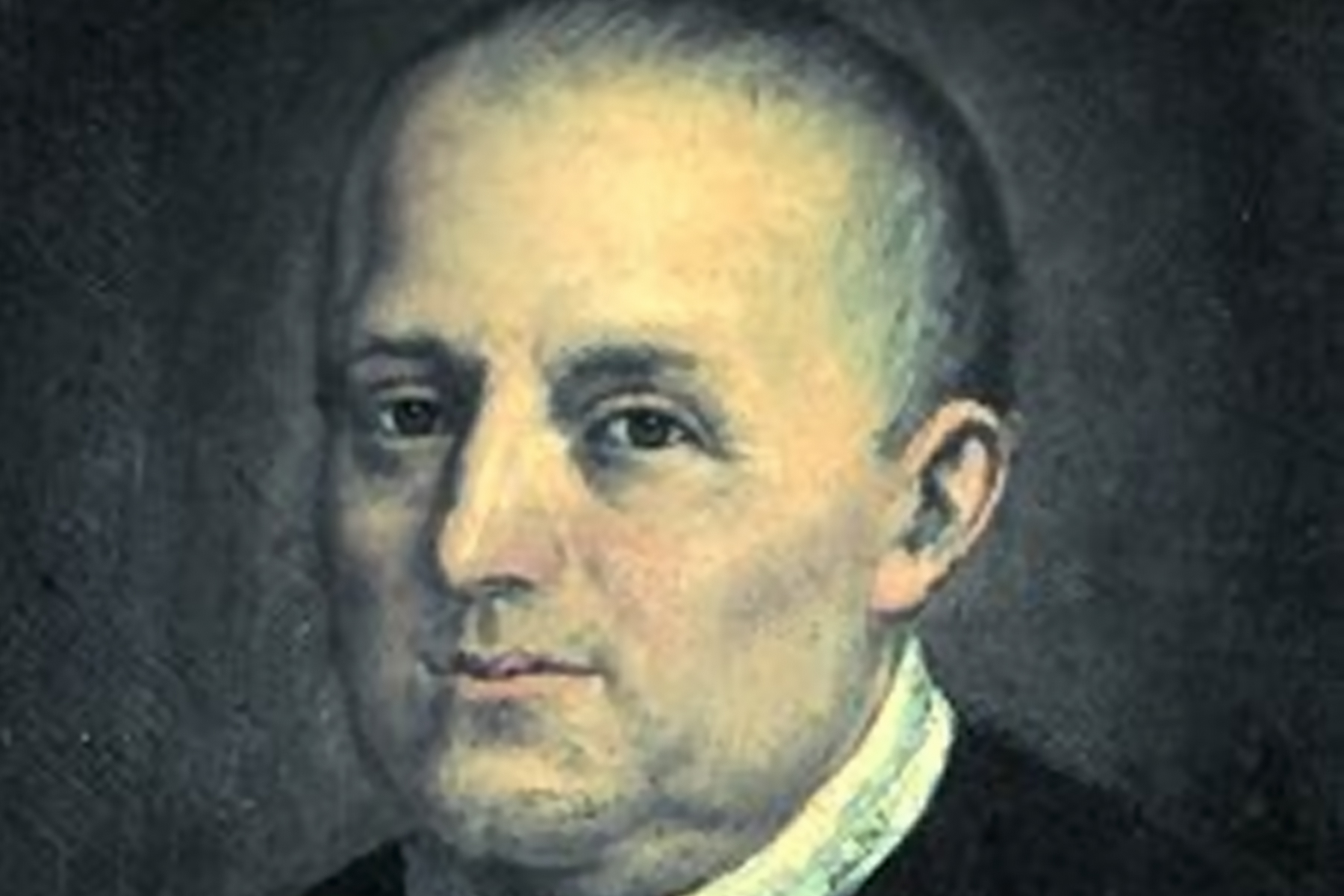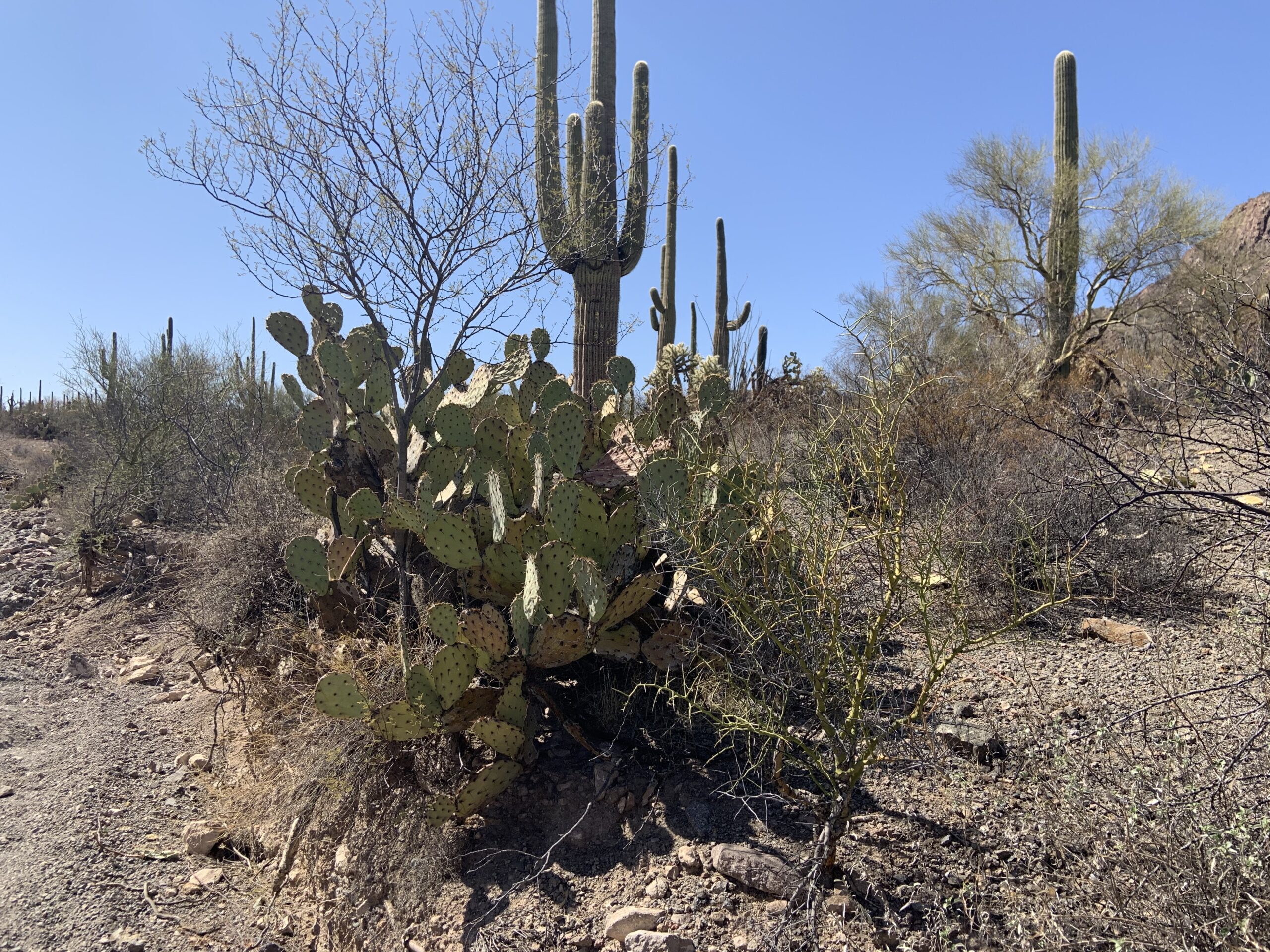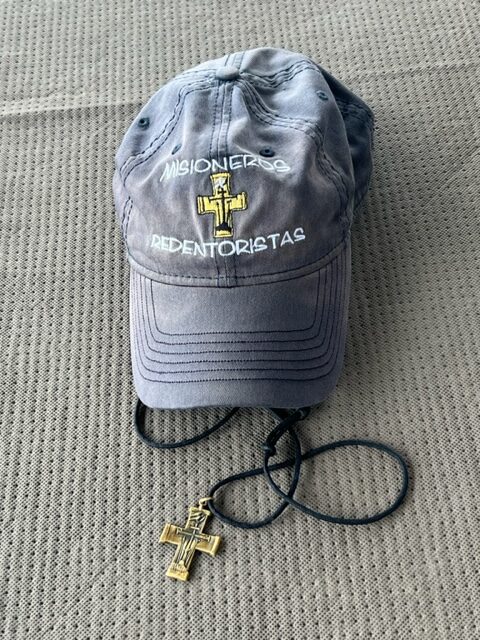St. Clement Hofbauer, C.Ss.R. / San Clemente Hofbauer, C.Ss.R.
San Clemente Hofbauer, C.Ss.R.
Hoy es la fiesta de San Clemente Hofbauer, C.Ss.R. De nuestros santos redentoristas, es uno con quien un misionero migrante puede identificarse. Era un misionero ordinario. No fue un obrador de milagros, ni un visionario. Su vida estuvo marcada por el celo, trabajando duro por los pobres, cuidando a la juventud en las calles de Varsovia, mudándose varias veces por la situación político-religiosa de su época. Trabajó en varias comunidades y naciones. Ninguna de las casas o ministerios que él inició se convirtieron en ministerios permanentes de los Redentoristas. Fue un buen redentorista que ahora es reconocido como santo.
Convertirse en redentorista
Clement Hofbauer fue el noveno de doce hijos. Nacido el 26 de diciembre de 1751 en Moravia. De niño lo llamaron Hansl. Su hermano siguió una carrera militar, pero Hansl se sintió atraído por ser sacerdote. Estudió latín, siendo instruido por su pastor, pero cuando tenía trece años, el pastor murió y el nuevo pastor no estaba preparado para ayudarlo con sus estudios. Se dedicó a ser un panadero. Alimentaba a las personas sin hogar y quería hacer más por los pobres.
En 1771 fue a Italia y se convirtió en ermitaño en un santuario en Tivoli. Allí tomó el nombre de Clemente María. Entró en el monasterio de Kloster Bruck y se convirtió en panadero de la comunidad. Terminó los estudios de filosofía en 1776, pero el emperador volvió a bloquear su camino hacia el sacerdocio. Se fue a su casa a trabajar en una famosa panadería de Viena. Su sueño de convertirse en sacerdote nunca lo abandonó. Continuó sus estudios sacerdotales y en 1784, él y su amigo Thaddeus Huebl fueron a Italia para ingresar en los Redentoristas. El 19 de marzo de 1785 fueron profesos redentoristas y diez días después se ordenaron.
Ministerio
El emperador austríaco no permitió el establecimiento de una nueva fundación religiosa en el imperio, por lo que Clemente y Thaddeus Huebl fueron a establecer una comunidad redentorista en Varsovia, Polonia. Fue la primera misión redentorista fuera de Italia. Durante veinte años, él y sus compañeros redentoristas trabajaron con los pobres y los residentes de habla alemana de Varsovia. Se preocupaba por los jóvenes de la calle y los huérfanos. La famosa leyenda sobre Clemente era sobre él yendo a un pub local. Clemente pidió una donación de uno de los patrocinadores. Desdeñosamente escupió cerveza en la cara de Clemente. Limpiándose la cerveza, respondió: “Eso fue para mí. Ahora, ¿qué tienes para mis hijos?”. Los hombres en el bar quedaron tan asombrados por la respuesta cristiana que le dieron a Clemente más de 100 monedas de plata.
Varsovia fue escenario de guerra durante muchos años. Varias fuerzas políticas pusieron a los pobres en gran peligro y los Redentoristas rezaron y predicaron la paz. La congregación redentorista creció hasta incluir cuarenta hombres durante los veinte años que los redentoristas estuvieron en Polonia.
Durante los veinte años del tiempo de Clemente en Varsovia, los Redentoristas intentaron hacer de San Benno una fundación permanente, pero en 1808 fueron exiliados de Polonia y Clemente fue a Viena para intentar una vez más establecer allí a los Redentoristas.
En aquellos primeros días del siglo XIX, Viena era un importante centro cultural europeo. Clemente disfrutaba pasar tiempo con los estudiantes y los intelectuales. Los estudiantes venían, solos y en grupos, a sus habitaciones para hablar, compartir una comida u obtener consejos. Muchos de ellos se hicieron redentoristas más tarde. Los misioneros redentoristas partieron de Viena para establecer comunidades en varias naciones. Los redentoristas transalpinos crecieron rápidamente a principios del siglo XIX y enviaron misioneros a los Estados Unidos en 1832.
Clemente buscó la aprobación oficial del Emperador para la fundación de los Redentoristas en Viena, pero fue rechazado varias veces. Esa aprobación solo se produjo después de la muerte de Clemente, el 15 de marzo de 1820.
¿Un santo?
¿Qué hizo a Clemente Hofbauer un santo? No realizó milagros para deslumbrarnos, no recibió visiones ni éxtasis para intimidarnos. Incluso tenía fallas: un temperamento alemán rápido, una tendencia a ser brusco. Sin embargo, si hubiéramos podido pasar algunas horas en su presencia, habríamos encontrado que era un hombre de una fe inusualmente fuerte, un hombre de extraordinaria calma y paz, y un hombre que podía trabajar incansablemente por las almas. La sencillez fue la principal característica de su santidad. Aceptó la voluntad de Dios tal como le llegó e hizo todo el bien que era capaz de hacer. Llevó una vida de inocencia y servicio, dedicándose a glorificar a Dios y atraer a otros para que lo sirvieran. En la forma muy sencilla en que se hizo santo, San Clemente es un modelo para todas las personas.
(Si tienes observaciones o preguntas para Padre Migrante, envían las a padremigrante@gmail.com)
St. Clement Hofbauer, C.Ss.R.
Today is the feast of St. Clement Hofbauer, C.Ss.R. Of our Redemptorist saints, he is one with whom a migrant missionary can identify. He was an ordinary missionary. He was not a miracle worker or a visionary. His life was marked with zeal, working hard for the poor, caring for youth on the streets of Warsaw, moving several times because of the political religious situation of his times. He worked in various communities and nations. None of the houses or ministries that he initiated became permanent ministries of the Redemptorists. He was a good Redemptorist who is now recognized as a saint.
Becoming a Redemptorist
Clement Hofbauer was the ninth of twelve children born December 26, 1751 in Moravia. As a child he was named, Hansl. His brother followed a military career, but Hansl felt drawn to be a priest. He studied Latin, being tutored by his pastor, but when he was thirteen, his pastor died and the new pastor was not prepared to help him with his studies. He took on a trade as a baker. He often fed the homeless and wanted to do more for the poor.
In 1771 he went to Italy and became a hermit at a shrine in Tivoli. There he took the name, Clement Mary. He entered the monastery of Kloster Bruck and became a baker for the community. He finished the study of philosophy in 1776, but the emperor blocked his path to priesthood again, so he went home to work at a famous bakery in Vienna. His dream to become a priest never left him. He continued his priestly studies and in 1784, he and his friend, Thaddeus Huebl went to Italy to enter the Redemptorists. On March 19, 1785, they were professed Redemptorists and ordained ten days later.
Ministry
The Austrian emperor would not permit the establishment of a new religious foundation in the empire, so Clement and Thaddeus Huebl went to establish a Redemptorist community in Warsaw, Poland. It was the first Redemptorist mission outside of Italy. For twenty years, he and his fellow Redemptorists worked with the poor and the German speaking residents of Warsaw. He cared for street youth and orphans. The famous legend about Clement was about him going to a local pub. Clement asked for a donation from one of the patrons. He scornfully spat beer into Clement’s face. Wiping off the beer, he responded, “That was for me. Now what do you have for my boys?” The men in the bar were so astounded by the Christlike response that they gave Clement more than 100 silver coins.
Warsaw was the site of war for many years. Various political forces put the poor into great danger and the Redemptorists prayed for and preached peace. The Redemptorist congregation grew to include forty men during the twenty years that the Redemptorists were in Poland.
The twenty years of Clement’s time in Warsaw, the Redemptorists tried to make St. Benno’s a permanent foundation, but in 1808 they were exiled from Poland and Clement went to Vienna to try once again to establish the Redemptorists there.
In those early days of the 1800s, Vienna was a major European cultural center. Clement enjoyed spending time with the students and the intellectuals. Students came — singly and in groups — to his quarters to talk, share a meal, or get advice. A good many of them later became Redemptorists. Redemptorist missionaries went from Vienna to establish communities in several nations. The Transalpine Redemptorists grew rapidly in the early 1800’s, sending missionaries to the United States in 1832.
Clement sought official approval for the foundation of the Redemptorists in Vienna from the Emperor, but was rebuffed several times. That approval only came after the death of Clement, on March 15, 1820.
A saint?
What made Clement Hofbauer a saint? He performed no miracles to dazzle us, received no visions or ecstasies to overawe us. He even had faults — a quick German temper, a tendency to be gruff. Yet, if we could have spent a few hours in his presence, we would have found him to be a man of unusually strong faith, a man of extraordinary calm and peace, and a man who could work tirelessly for souls.
Simplicity was the chief characteristic of his sanctity. He accepted the will of God as it came to him, and did all the good that he was capable of doing. He led a life of innocence and service devoting himself to glorifying God and drawing others to serve him. In the very simple way that he became holy, Saint Clement is a model for all people.
(If you want Padre Migrante to respond to your concerns or questions, write to: padremigrante@gmail.com)
Oh Jesús, tú nos llamas: “Síganme”. Bendice, Señor, a todos los que acogen tu llamado. Puede que el camino no sea fácil, pero tenemos la confianza de que todo es posible si caminamos contigo. Que este viaje nos abra los ojos a las maravillas de tu amor por nosotros. Oramos por toda tu gente, por todos los creyentes e incrédulos, por los líderes y seguidores. Oramos por la sanación, el perdón, la compasión, la justicia y la paz. Oramos para que, al seguirte, nosotros también podamos ser pescadores de hombres. Bendícenos en nuestro viaje.
O Jesus, you call us, “Come after me.” Bless, O Lord, all who welcome your call. The path may not be easy, but we have confidence that all things are possible if we walk with you. May this journey, open our eyes to the wonders of your love for us. We pray for all your people, for all believers and unbelievers, for leaders and followers. We pray for healing, for forgiveness, for compassion, for justice, for peace. We pray that as we follow you, we too can be fishers of men. Bless us on our journey.




